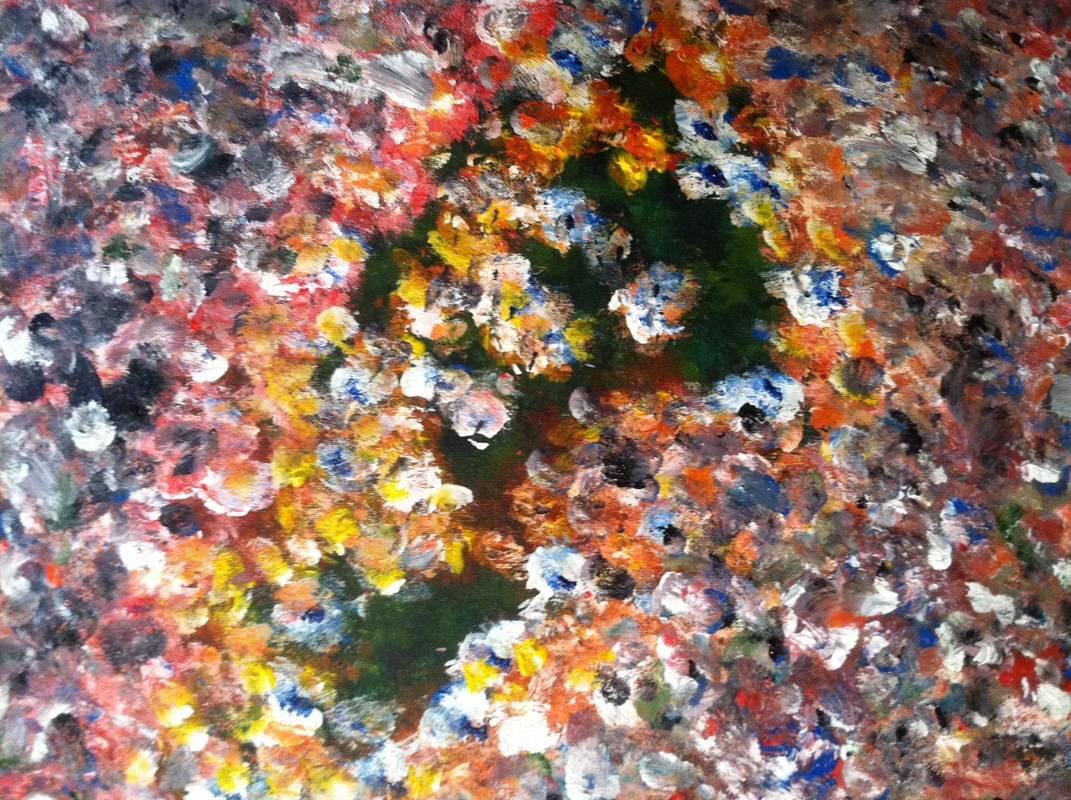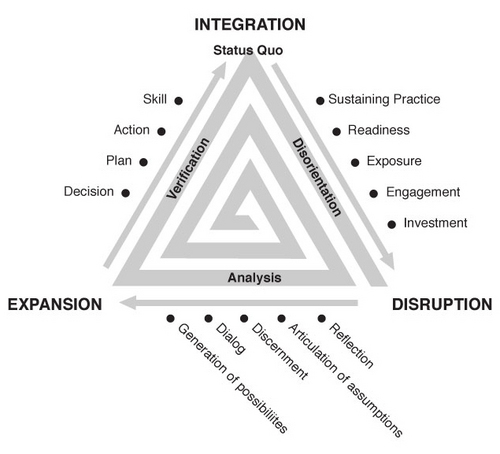
So in considering the contours and definition of a “personal learning network” (PLN), I turned to the trusty online dictionary. So the words personal and learning seemed to garner definitions that resonated:
Personal — relating to, directed to, or intended for a particular person
Learning — the act or process of acquiring knowledge or skill
Then I came to network and that is when things started to get really fuzzy and exciting at all?the same time. So one possible definition revolves around the connective mechanisms: any combination of filaments, lines, veins, passages or the like in a netlike form
So here we have conduits, tissues and live wires formed into a specific pattern that is interlocking, decentralized, yet strong. Then there is this definition related to radio and television:
a group of transmitting stations linked by wire or microwave relay so that the same program can be broadcast or telecast by all
This idea of entities transmitting information and relaying it seems useful. The part about broadcasting “the same program” not so much. And then there is this:
a system of interrelated buildings, offices, stations, etc., especially over a large area or throughout a county, territory, region, etc.
This definition brings in the sense of geographic space and travel across that space. That seems cool. Then there is the idea of a network related to electricity:
an arrangement of conducting elements, as resistors, capacitors, or inductors connected by conducting wire.
In some ways this harkens to the first definition, but the inclusion of concepts like “resistors,” “capacitors,” “inductors” and by extension “transmitters,” “amplifiers,” “switches” and such start to flesh out the dynamic processes that are inherent in electrical grids — overloads, blackouts, excess capacity are also part of this analogy.
So, I’m sure if I search further there would be other networks with finer nuances depending on the sector or field — social networks, computer networks, underground networks.
So how do I make sense of network as a definition? These are the things that work for me:
decentralized, interlocking, formed by many materials to aid movement and conduction, spread out across space (and I’d say time as well) with dynamic components that work for and against its smooth operation.
So a personal learning network? So if we add this network definition to the personal and learning I would get:
spanning space and time, a personal learning network is a decentralized, interlocking, multi-material form with dynamic components that work for and against an individual’s process of acquiring knowledge and skills.
Any way, that’s what I have for the time being. I realize, that the “what” moving across this network is till not particularly clear with “components” being a particularly fuzzy concept. I’ll need to think on that. (#xplrpln)




